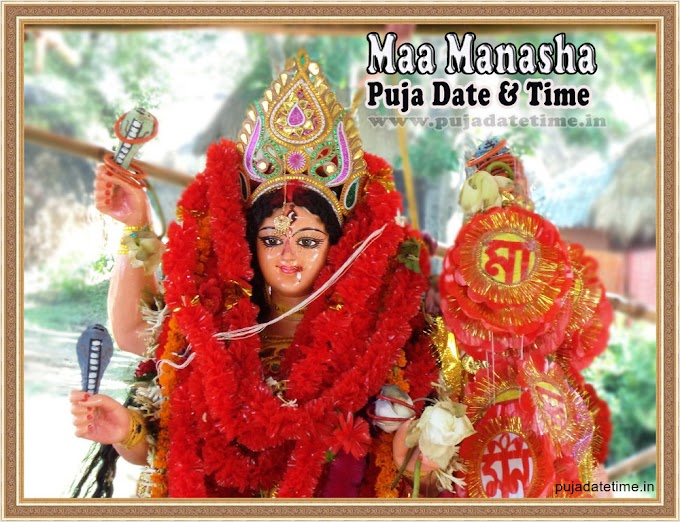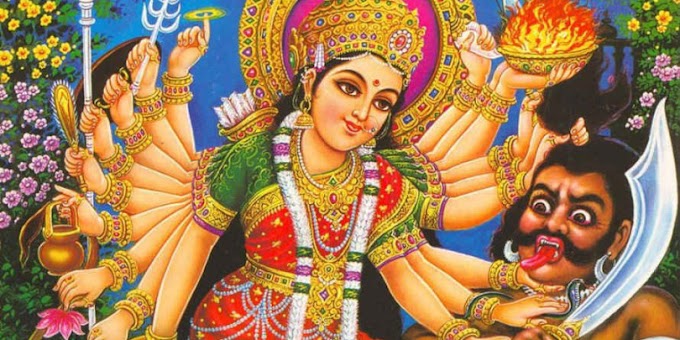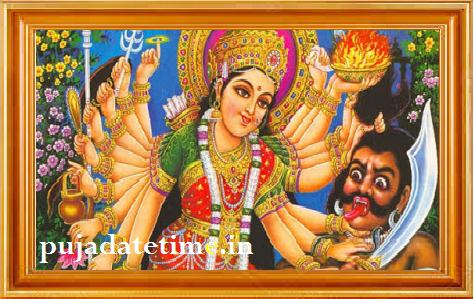The first day of the festival is called Chaitra Shukla Pratipada and marks the start of the Hindu New Year. On this day, people perform various religious rituals and offer prayers to seek blessings from the almighty for prosperity and good health. The second day, known as Dwitiya, is dedicated to honoring relationships between siblings. People usually exchange gifts and sweets with their brothers and sisters on this day. The third day, Tritiya, is dedicated to worshipping the goddess of wealth, Goddess Lakshmi. People clean their homes and decorate them with rangolis and lights to welcome her. The fourth day, Chaturthi, is dedicated to Lord Ganesha, the god of wisdom and remover of obstacles. And finally, the fifth day, Panchami, is dedicated to celebrating the bond between married couples.
In conclusion, Hindu Nav Varsh is an important festival that celebrates new beginnings and the triumph of good over evil. It is a time for people to come together with their loved ones and celebrate the joys of life. The festival is a reminder of the importance of family, love, and unity, and it teaches us to appreciate the simple pleasures of life. Through the celebration of Hindu Nav Varsh, people hope to bring happiness, peace, and prosperity into their lives and the lives of those around them.
Important information
|
Month |
Corresponding
Gregorian Date |
|
Chaitra |
March-April |
|
Vaishakha |
April-May |
|
Jyeshtha |
May-June |
|
Ashadha |
June-July |
|
Shravana |
July-August |
|
Bhadrapada |
August-September |
|
Ashwin |
September-October |
|
Kartik |
October-November |
|
Margashirsha |
November-December |
|
Pausha |
December-January |
|
Magha |
January-February |
|
Phalguna |
February-March |
Celebrating Hindu Nav Varsh 2023: A Guide to the Festivities
Learn about the Hindu New Year, Nav Varsh 2023, its significance, and how it's celebrated in India and around the world.Introduction:
Significance of Hindu Nav Varsh:
Celebrations:
Puja Rituals:
Conclusion:
Hindu Nav Varsh Facts
- It is celebrated in various parts of India such as Punjab, Maharashtra, Andhra Pradesh, Karnataka, and Tamil Nadu, among others.
- The Hindu New Year is based on the Lunar calendar and usually falls in the months of March or April. The exact date varies each year according to the position of the moon.
- The celebration of Nav Varsh starts with a cleansing ritual called "Gudi Padwa" or "Ugadi" depending on the region. This involves cleaning and decorating homes, preparing traditional foods and sweets, and raising a flag (or "Gudi") outside the front door.
- People wear new clothes, offer prayers to deities, and exchange sweets and gifts with family members, friends, and neighbors.
- The festival marks the beginning of spring and the end of winter. It is considered an auspicious time to start new ventures, make important decisions, and seek blessings for prosperity, health, and happiness.
- The Hindu New Year is celebrated by various other names across India, such as Baisakhi in Punjab, Cheti Chand in Sindh, Vishu in Kerala, and Puthandu in Tamil Nadu.
- The astrological sign associated with this period is Aries, which is represented by Lord Hanuman, the monkey god who symbolizes strength, courage, and devotion.
- According to Hindu mythology, Lord Brahma, the creator of the universe, started the creation process on the day of Nav Varsh.
The festival is also associated with the legend of Lord Rama's victory over the demon king Ravana in the epic Ramayana. It is believed that Lord Rama returned to his kingdom of Ayodhya on this day after defeating Ravana and was welcomed with great joy and celebration.
In Maharashtra, people prepare a special dish called "Shrikhand-Puri" which is made from yogurt, sugar, and cardamom powder, served with fried bread. They also exchange "Aapta leaves" as a symbol of goodwill and friendship.
In Andhra Pradesh and Telangana, people make a special dish called "Ugadi Pachadi" which is a mixture of six tastes - sweet, sour, bitter, salty, astringent, and spicy. Each taste represents the different experiences of life and is meant to remind people to accept all experiences with equanimity.
In Karnataka, the festival is known as "Yugadi" and people decorate their homes with mango leaves and draw colorful patterns called "rangolis" outside their homes. They also prepare a special dish called "Obbattu" or "Holige" which is a sweet flatbread filled with jaggery and lentils.
In Punjab, people celebrate the festival of Baisakhi which marks the harvest season and the start of the solar new year. They perform Bhangra and Giddha dances, sing folk songs, and enjoy traditional foods such as "Saag" and "Makki ki Roti".
In Tamil Nadu, people visit temples, offer prayers to the gods, and seek blessings for the new year. They also prepare a special dish called "Mango Pachadi" which is made from raw mangoes, jaggery, neem flowers, and tamarind.
Hindu Nav Varsh FAQs
Here are some frequently asked questions about Hindu Nav Varsh:
- What is the significance of Hindu Nav Varsh?
Ans: Hindu Nav Varsh marks the beginning of the new year according to the Hindu lunar calendar. It is considered an auspicious time to start new ventures, make important decisions, and seek blessings for prosperity, health, and happiness. - When is Hindu Nav Varsh celebrated?
Ans:Hindu Nav Varsh is celebrated on different dates depending on the region and the local calendar followed. In most parts of India, it falls in the months of March or April. - How is Hindu Nav Varsh celebrated?
Ans:The celebration of Nav Varsh starts with a cleansing ritual called "Gudi Padwa" or "Ugadi" depending on the region. People wear new clothes, offer prayers to deities, and exchange sweets and gifts with family members, friends, and neighbors. They also prepare special dishes and decorate their homes with flowers and rangolis. - What are some traditional foods prepared during Hindu Nav Varsh?
Ans:Some traditional foods prepared during Hindu Nav Varsh include Shrikhand-Puri, Ugadi Pachadi, Obbattu or Holige, Saag and Makki ki Roti, Mango Pachadi, and many more depending on the region. - What is the astrological sign associated with Hindu Nav Varsh?
Ans: The astrological sign associated with Hindu Nav Varsh is Aries, which is represented by Lord Hanuman, the monkey god who symbolizes strength, courage, and devotion. - What is the legend associated with Hindu Nav Varsh?
Ans:According to Hindu mythology, Lord Brahma, the creator of the universe, started the creation process on the day of Nav Varsh. The festival is also associated with the legend of Lord Rama's victory over the demon king Ravana in the epic Ramayana. - What are some other names for Hindu Nav Varsh?
Ans:Hindu Nav Varsh is celebrated by various other names across India, such as Baisakhi in Punjab, Cheti Chand in Sindh, Vishu in Kerala, and Puthandu in Tamil Nadu. - Is Hindu Nav Varsh a public holiday in India?
- What is the spiritual significance of Hindu Nav Varsh?
Ans:Hindu Nav Varsh is believed to be an auspicious time for spiritual renewal and growth. It is a time to let go of old habits and negative emotions and to focus on positive thoughts and actions. - Are there any special customs associated with Hindu Nav Varsh?
Ans:Yes, there are many customs associated with Hindu Nav Varsh such as cleaning homes, wearing new clothes, preparing special dishes, exchanging gifts and sweets with family and friends, and raising a flag or "Gudi" outside the front door. - How do people prepare for Hindu Nav Varsh?
Ans:People begin preparing for Hindu Nav Varsh by cleaning their homes and decorating them with flowers and rangolis. They also buy new clothes, prepare special dishes, and buy gifts and sweets to exchange with family and friends. - What are some traditional gifts exchanged during Hindu Nav Varsh?
Ans: Some traditional gifts exchanged during Hindu Nav Varsh include sweets, fruits, clothes, gold, silver, and utensils, depending on the region and the customs followed. - What is the message behind Hindu Nav Varsh?
Ans: The message behind Hindu Nav Varsh is to embrace change and welcome new beginnings. It is a time to set goals, make resolutions, and seek blessings for a happy and prosperous year ahead. - How long does the celebration of Hindu Nav Varsh last?
Ans:The celebration of Hindu Nav Varsh usually lasts for one day, although some communities may observe it for two or three days depending on the customs followed.
Ans:Hindu Nav Varsh is not a national public holiday in India, but it is observed as a state holiday in some parts of the country.
Keywords: Hindu Nav Varsh, Chaitra Shukla Pratipada, Hindu New Year, significance, celebrations, Puja rituals, India, Gudi Padwa, Ugadi, Vikram Samvat 2080, Lord Ganesha, Goddess Lakshmi, Lord Vishnu, Rangoli, Keywords: SEO, blog post.




.jpg)





0 Comments